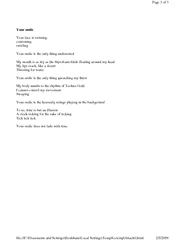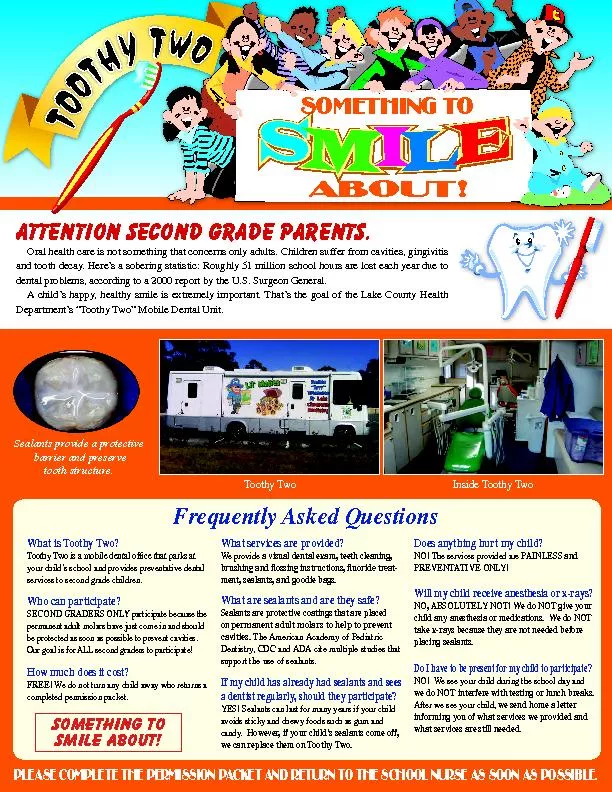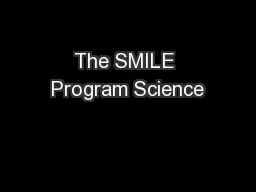PPT-Service With a Smile:
Author : lindy-dunigan | Published Date : 2017-11-02
Enhancement on Customer Satisfaction Chan Ka Po Institute for Tourism Studies Macao China Authentic Smile Authentic Smile Do you know how to present it Authentic
Presentation Embed Code
Download Presentation
Download Presentation The PPT/PDF document "Service With a Smile:" is the property of its rightful owner. Permission is granted to download and print the materials on this website for personal, non-commercial use only, and to display it on your personal computer provided you do not modify the materials and that you retain all copyright notices contained in the materials. By downloading content from our website, you accept the terms of this agreement.
Service With a Smile:: Transcript
Download Rules Of Document
"Service With a Smile:"The content belongs to its owner. You may download and print it for personal use, without modification, and keep all copyright notices. By downloading, you agree to these terms.
Related Documents














